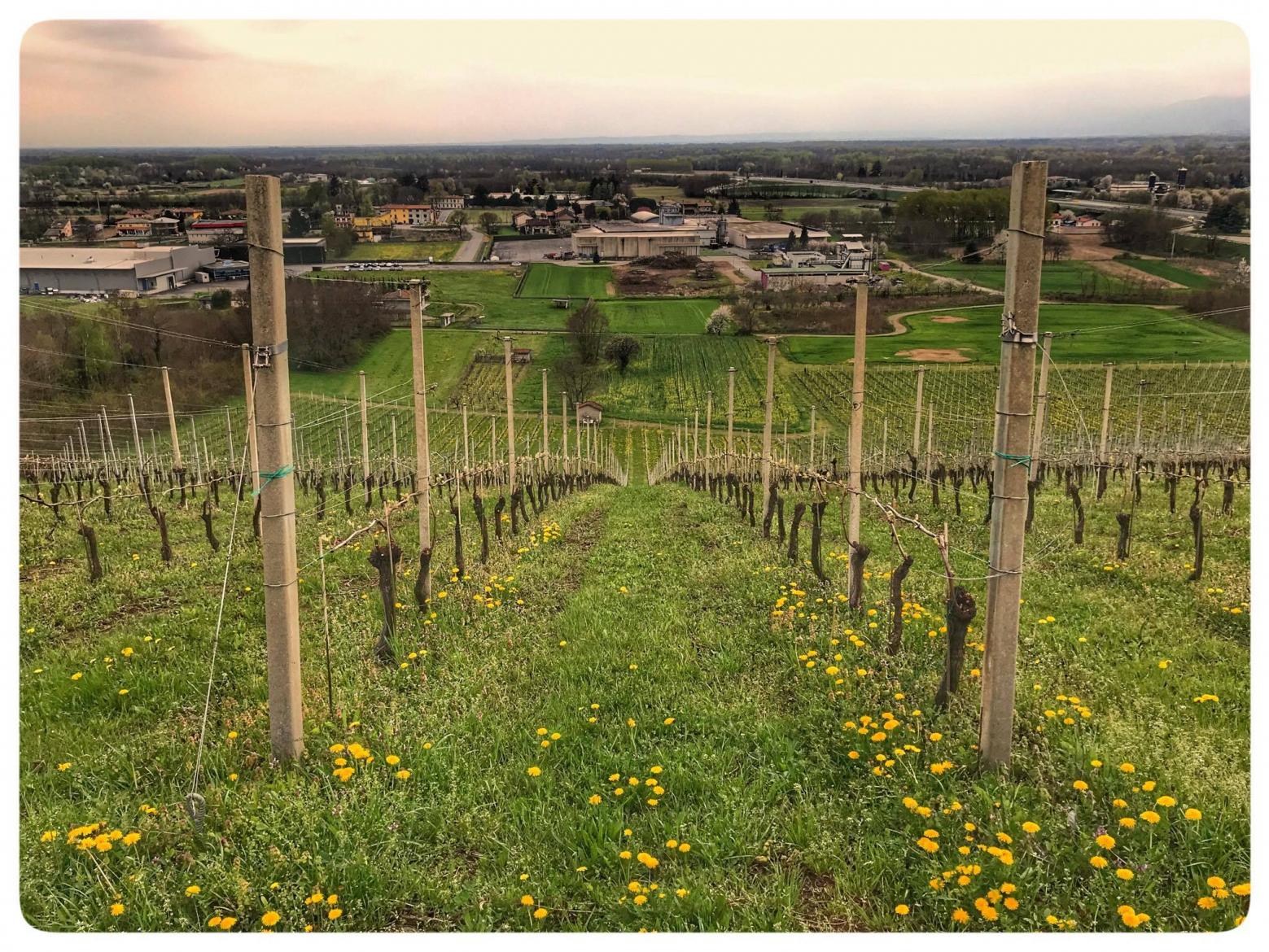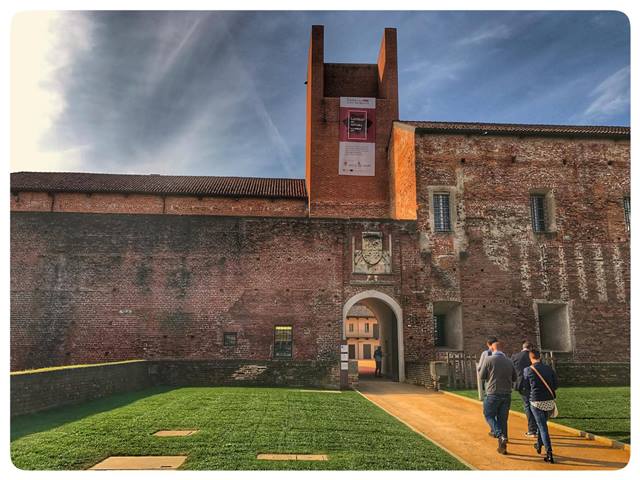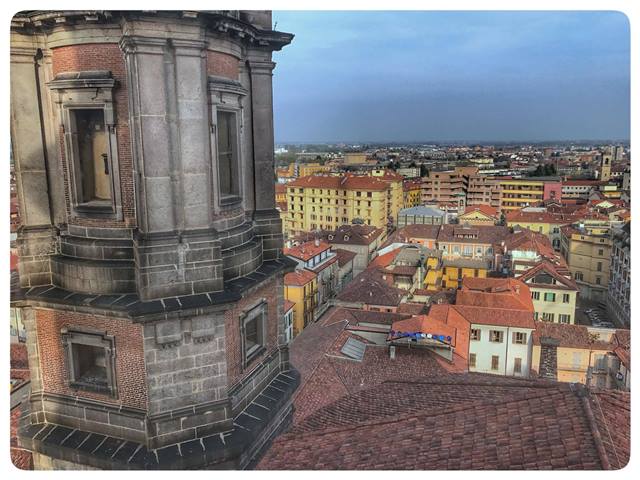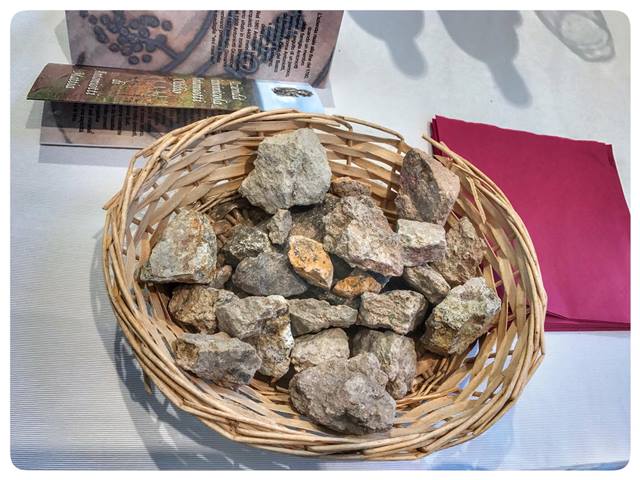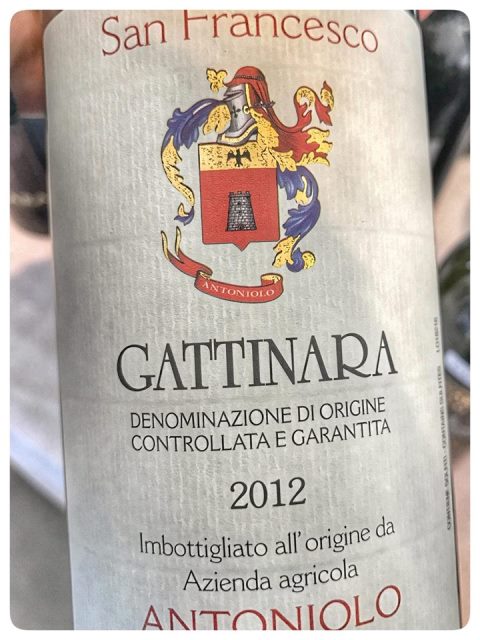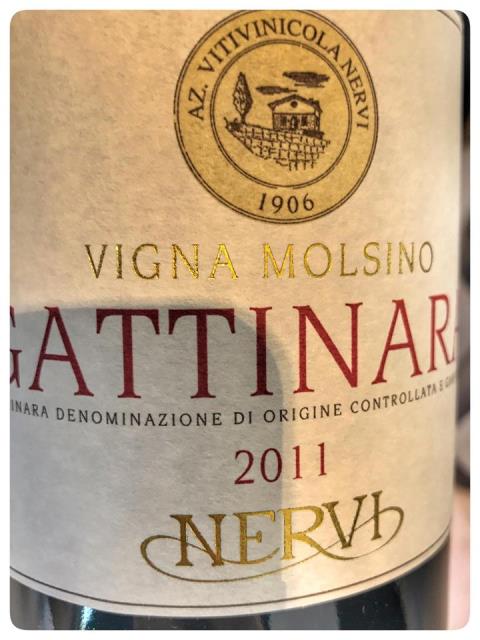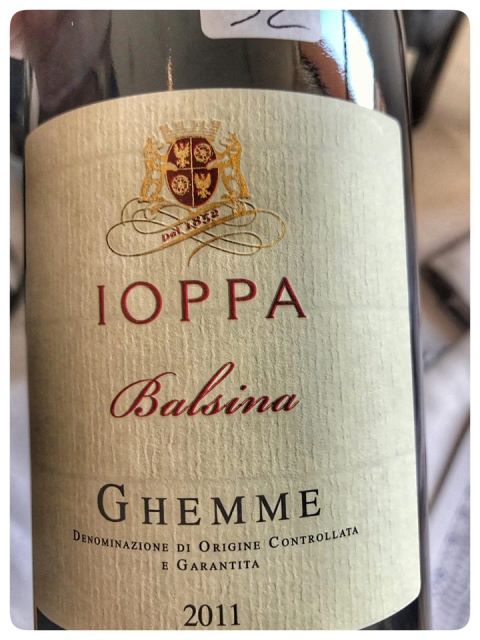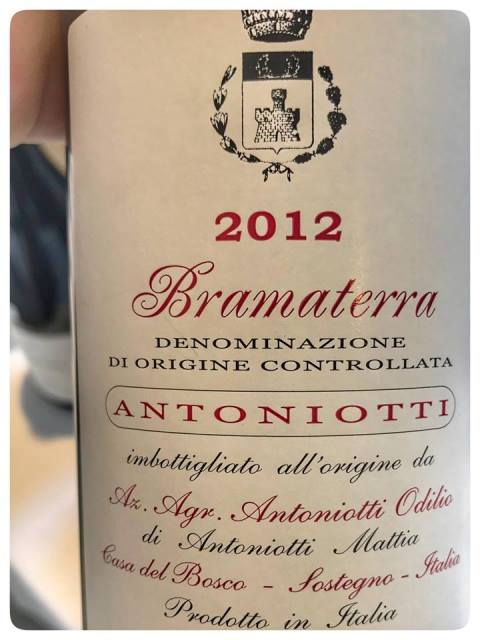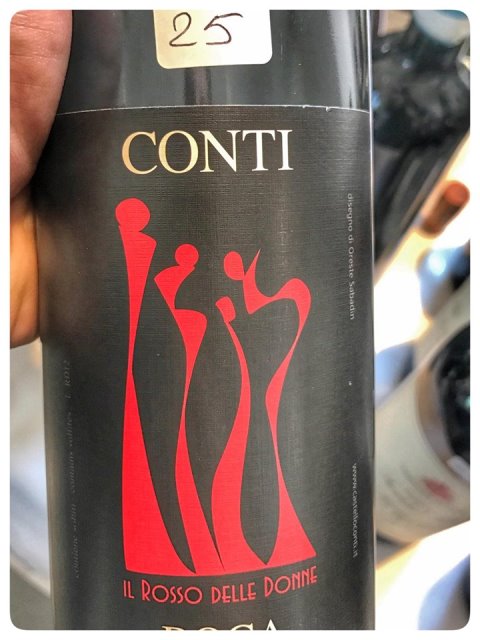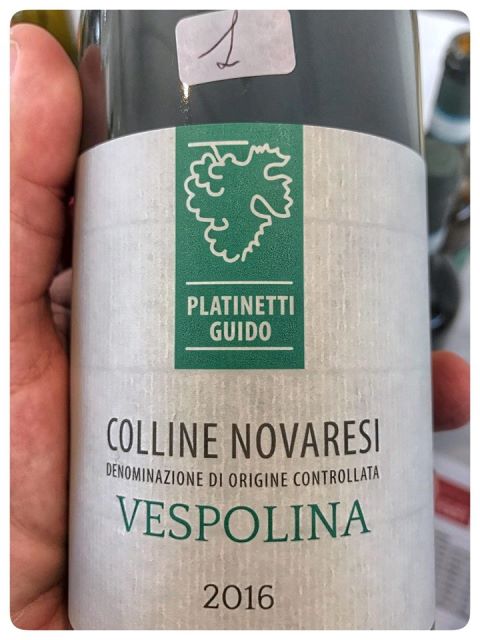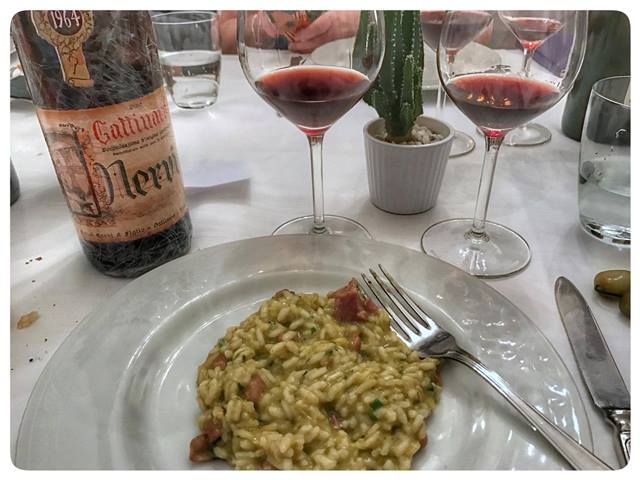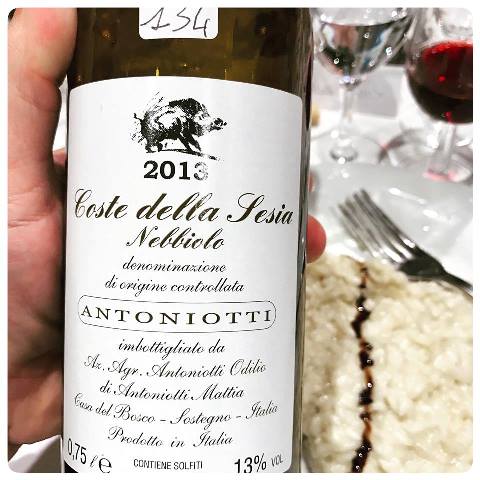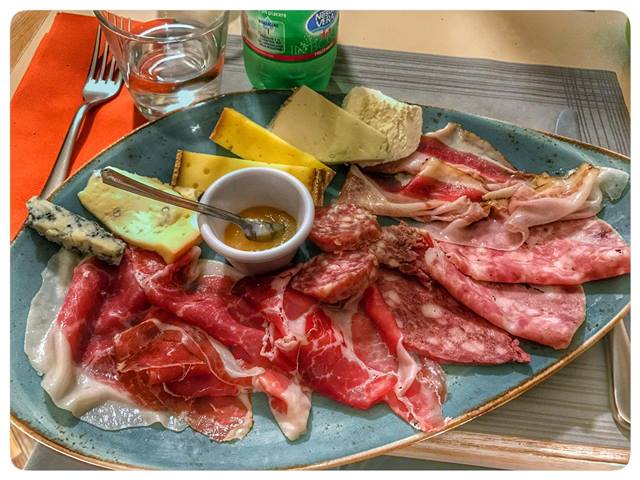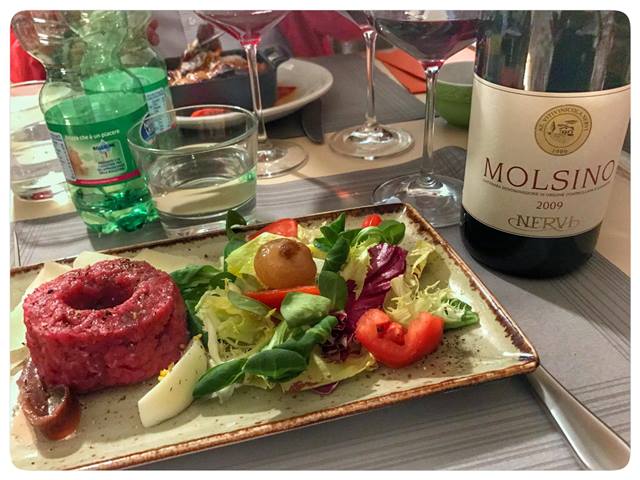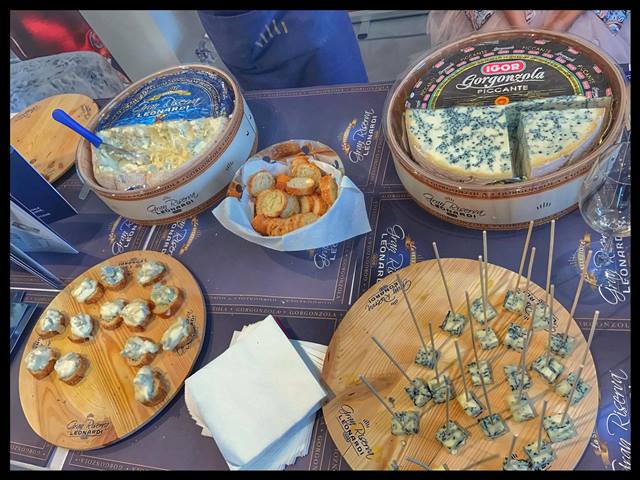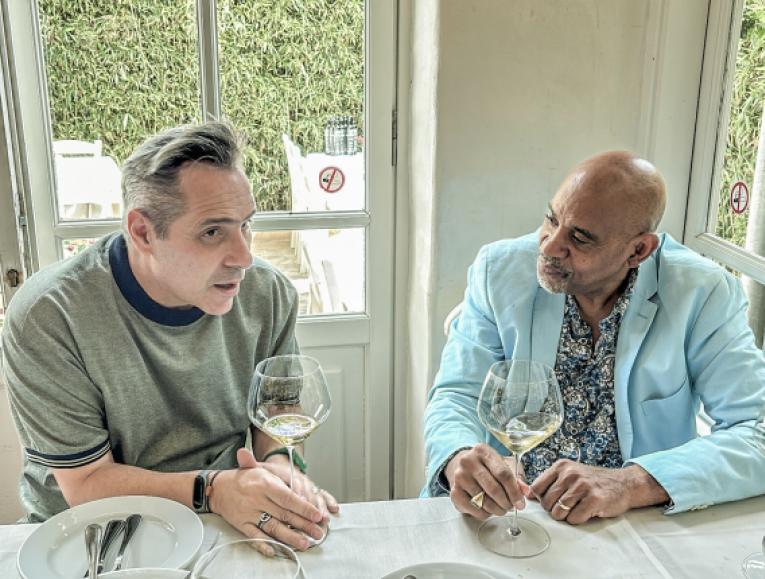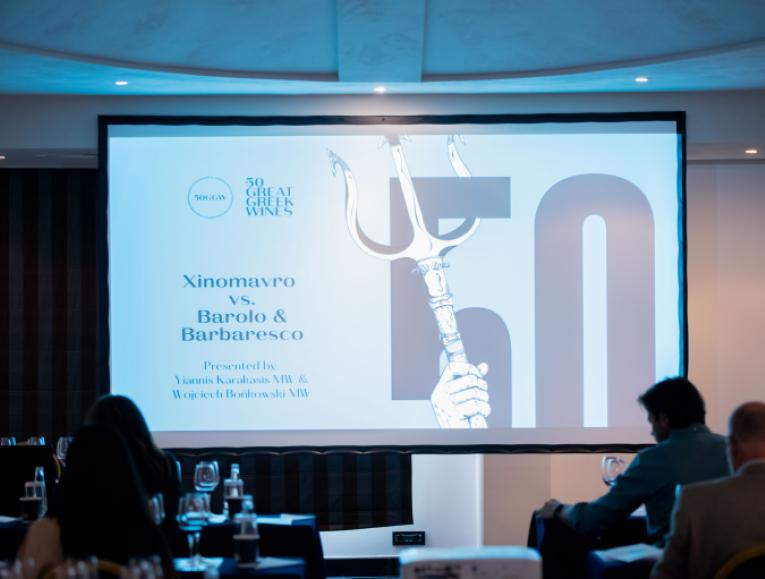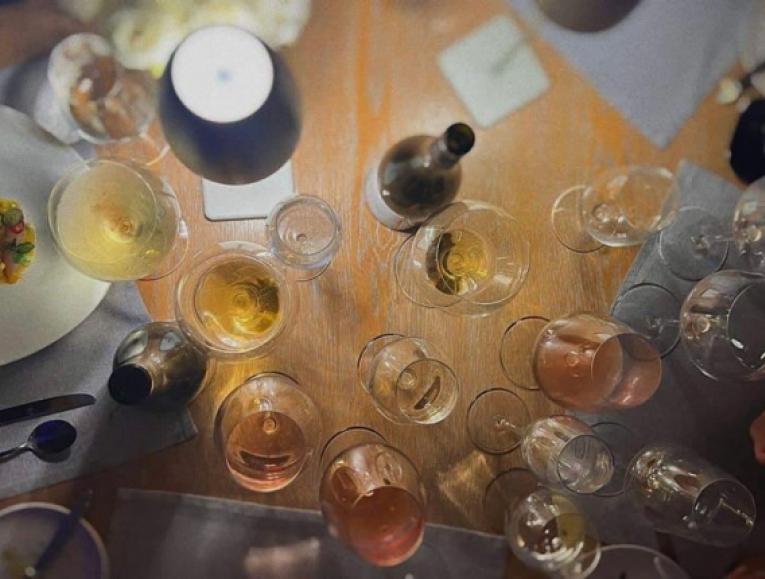Alto Piemonte rising
Alto Piemonte, the collective name for the highlands of Piemonte or the satellites of Barolo and Barbaresco if you prefer, is coming up strong as a new secret finally revealed to the wine world. This is a region for the wine enthusiast to watch out for as it is offering gorgeous wines and sound alternatives to many costly Baroli.
The area of Alto Piemonte includes 10 denominations protected under the Consortium with Ghemme and Gattinara being on the forefront and Bramaterra, Lessona and Boca following closely. The other suberegions are Colline Novaresi, Costa della Sesia, Fara, Sizzano and Valli Ossolane.
Last April marked the debut of these wines under the Consortium initiative with a two - day event hosted in the pretty Castello di Novara (pictured below).
Novara is the capital city of the homonymous province in the middle of North Italy founded by the Romans. It is a classical Italian city with the Basilica of San Gaudenzio and its cupola of 121 metres being its landmark (pictured below). For Novara rice, cheese (gorgonzola) and wine synthesize a magical triptych.
Unfortunately the area has shrunk since the epithesis of the phylloxera in the late 1800s. With little motivation to replant it is now limited to approximately 1000 hectares of vines. Fara for example features 20 ha and just 5 wineries producing altogether no more than 30.000 bottles. As you may understand these are not exactly the ideal conditions for a region to spread the message to new consumers. Some data given by the Consortium: 1671.251 Lts for 2015 with Colline Novarese accounting 45% of that, Gattinara 23%, Ghemme 11%, Lessona 3%, Fara and Boca 2% each.
On the other hand there are many positive key points that make the Upper Piemonte such a distinctive region worth exploring to the last drop. For starters Nebbiolo (called locally Spanna) in these appellations may be blended with Vespolina, Croatina and Uva Rara each giving another element to of expression to the final wine; Croatina adds an extra aromatic dimensions of flowers while Vespolina adds color, spice and some tannins. Another characteristic that distinguishes the Upper from the (Lower) Piemonte is the cooling influence from the Alps that moderates the climate which is a cross of mediterranean and continental. There is additionally more rain in the Alto part.
There is a lot of diversity in terms of soils with some volcanic soils theoretically attributing tension and energy to the wine. Bramaterra, Gattinara and Boca seem to delimit what was once the crater rim of ancient volcanoes. The rest are heavier soils with clay, gravel and iron. You can read more information about the blends and the subregions in the tasting notes below.
These factors - climate, varieties, soils - together with altitude rising up to 500 m in Boca shape the style of the wines: foremost elegant and perfumed wines with controlled level of alcohol and packed with solid tannins. Freshness is their hallmark and they are usually released to the market after prolonged ageing.
A selection of my top wines for each subregion
Gattinara : pure volcanic soils with just over 100 ha of vineyards remaining. Also rocky, soils with granite and iron. Nebbiolo is by law at min 90%. Style: Firm and structured close to Barolo.
La Stradina, Rusèt 2013
(100% Nebbiolo, 24 m in large barrels and 6 m in steel and 11 m in bottle) Meaty and leathery over a solid core of bright red cherry. Tannic yet elegant with medium body and lots of freshness. 90/100
Paride Iaretti, Pietro 2012
(100% Nebbiolo, 36 m in tonneaux and 6 m in bottle) Savoury and robust on the palate with tannins crying for ageing. Needs more bottle ageing but promising. 89/100
Cantina del Signore, Il Putto Vendemmiatore 2012
(100% Nebbiolo, 26 m in large barrels and 1 m in steel and 13 m in bottle). Garrigue - like scents s on the nose. Earthy, mineral with tension and energy on palate. Shows lovely depth of fruit. 91/100
Antoniolo, San Francesco 2012
(100% Nebbiolo, 36 m in large barrels and 12 m in bottle) Beautiful complex nose savoury and floral. Lovely mid palate, fullish but also refined. Lots of flesh. More like a Burgundy! 93/100
Nervi, Molsino 2011 Gattinara
(100% Nebbiolo. 48 m in large barrels and 12 m in bottle) Expressive with cherries, pepper and some herbal undertones. Youthful and promising. 92/100
Ghemme: Mostly alluvial and sandy soils heavier compared to Gattinara. Lying 300 meters above sea level with vineyards originally planted here in the 5th century. Wines are produced from a minimum of 85% Nebbiolo.
Tiziano Mazzoni, Dei Mazzoni 2013
(100% Nebbiolo, 24 m in large barrels and 6 m in steel and another 9 m in bottle) High level of ripeness on the nose. Refined with nice balance of savoury and fruity flavours on the palate. Moderately long finish. 89/100
Ioppa, Balsina 2011 Ghemme
(85% Nebbiolo, 15% Vespolina, 48 m in large barrels and 15 m in bottle) Deliciously spicy and peppery (Vespolina influence I guess) nose followed by a layered and evolved palate. Smooth tannins and lots of excitement. 91/100
Torraccia del Piantavigna, Vigna Pelizzane 2010
(100% Nebbiolo, 48 m in large barrels and 6 m in bottle) Mineral and tight needing some lift on the nose. Harmonious tannins starting to integrate. 90/100
Mirù 2007 Ghemme
(85% Nebbiolo, 15% Vespolina, 40 m in large barrels and 24 m in steel and 12 m in bottle) Impressive 2007 example with raspberry and spice on the nose. Remarkably fresh on the palate with polished tannins. Stylish. 91/100
Brammatera: Perhaps the rounder wine of the entire region because of high percentage of other than Nebbiolo varieties; Nebbiolo accounts 50 to 80% in the blend. Two types of soil, one has volcanic origin with a lot of porphyry and the other is of sedimentary origin producing bigger wines. Together with Lessona they have yellow soil with marine sand. Riper but not heavy wines.
Colombera & Garella, Cascina Cottignano 2013
(80% Nebbiolo, 10% Croatina, 10% Vespolina, 24 m in small oak plus aging 6 m cement and 10 in bottle) Interesting nose leafy and peppery. Beautiful expression refined, smooth and long. 91+/100
Odilio Antoniotti 2012
(70% Nebbiolo, 20% Croatina, 7% Vespolina, 3% Uva Rara, 30 m in large barrels and 6 m in bottle). Beautiful wine with lots of freshness and some wild character on the nose. Polished, textural and elegant this drinks lovely now but can improve. 91/100
Lessona: The blend has a min 85% of Nebbiolo
Pietro Cassina, Tanzo Riserva 2010
(100% Nebbiolo, 36 m in large barrels and 2 m in stainless steel plus further 12 m in bottle). Expressive and forward with leafy undertones over a core of sour cherries. Firm, structured and layered this has a lot to give. 89/100
La Badina, Riserva 2010
(100% Nebbiolo, 36 m in large barrels and 35 m in bottle) Vegetal, leafy, leathery and peppery on the nose. Beautiful, crunchy palate. Drinking deliciously now. 92/100
Boca: Ancient volcanic soils with porphyry. Vineyards are at 450-500 meters above sea level making Boca the highest winegrowing region in all of Piedmont. Wines are produced from 70-90% Nebbiolo
Castello Conti, Il Rosso delle Donne 2012
(75% Nebbiolo, 20% Vespolina, 5% Uva Rara, 36 m in large barrels and 12 m in bottle) Perfumed (Vespolina talks here) with herbal nuances. Oregano as well. Ripe but not rich with an elegant core, high level of freshness and solid tannins. 91/100
Barbaglia 2012
(80% Nebbiolo, 20% Vespolina, 24 m in large barrels and 18 m in bottle) Perfumed as well. Starts ripe then becomes crunchy and peppery. 89/100
Garona 2011
(70% Nebbiolo, 20% Vespolina, 10% Uva Rara, 48 m in large barrels and 9m in bottle) Perfumed and lifted in the nose. Full bodied, rich with almost dark fruit. Very rewarding. 90/100
Colline Novarese: Vineyards at 400-450 meters. Soils are made up of a combination of gravel and red clay. Minimum of 50% of Nebbiolo
Planitetti Guido Vespolina 2016
(13% 4 m stainless steel and 1 m in bottle) Deeply colored. Wild raspberries along dark strawberry on the nose. Peppery, tannic, ferrous. Overall exciting and convincing. 91/100
Filadoro, Nobile Nebbiolo 2011
(13.5% 12 m in large barrels plus 12 m in stainless and another 12 m in bottle) Impressive nose, complex with dried fruits, earth and sour cherries. Meaty and wild with firm tannins needing to mellow. 90/100
Costa della Sesia: Nebbiolo constitutesa min 50%
Castello di Montecavallo Nebbiolo 2011
(13% 24 m in large barrels plus 12 m ageing in steel and bottle) Traditional, savoury and earthy. Spicy and acidic on palate framed with dense tannins. Needs time but looking promising. 90/100
Fara: Vines planted here since Roman times. A handful of producers with wines produced from 50-70% Nebbiolo. Clay and sandy soils with altitude reaching 300 m
Valle Roncati, Ciada Riserva 2011
(100% Nebbiolo, 36 m in large barrels plus 24 m in tonneaux) Really good with complex nose of tar, roses and dried cherries. Savoury, fleshy and multilayered on palate this is still young but has it all. 92/100
Other vintages beyond the Alto Piemonte tasting
Nervi, Molsino 2009, Gattinara 92/100
Carlone Colline Novarese Croatina 2015 91/100
Franchino Costa Della Sesia 2014 90/100
Antoniotti Coste Della Sesia 2013 91+/100
Gilberto Boniperti Fara Barton 2013 90/100
Vale Roncati Fara 2010 92+/100
Torraccia del Piantavigna Gattinara 2004 92+/100
Producers to watch out for:
Antoniolo, Nervi, Torraccia del Piantavigna, Valle Roncati, Colombera & Garella.
Food and wine
Last but not least food was authentic almost spartan in character on par with the terroir - driven wines of the region. Get a taste of it at the slide - show below.
